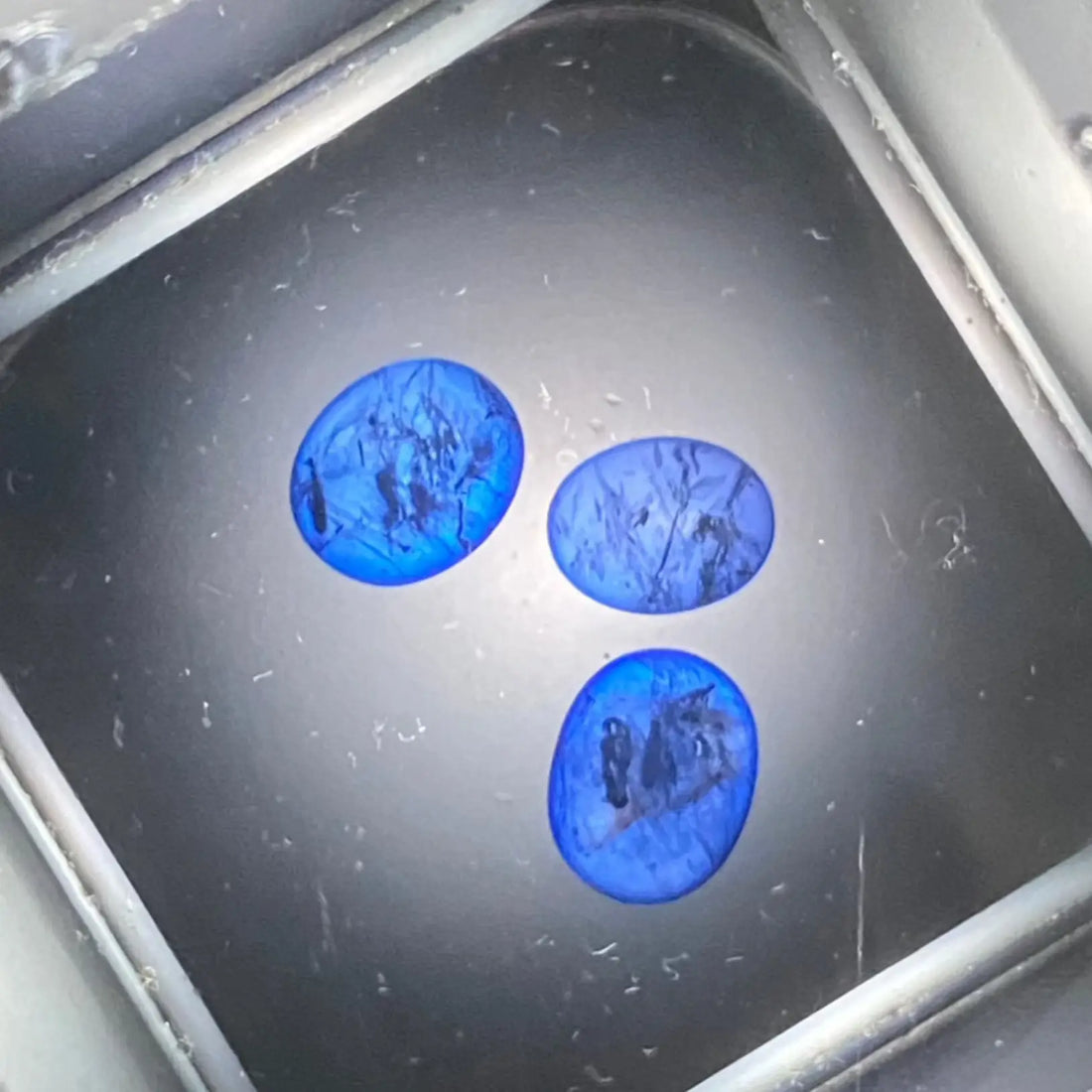Influence on the valuation and visual appearance of gemstones exerts an extraordinary fascination on people. Their beauty, rarity, and the stories behind their discovery make them coveted objects in the jewelry industry and among collectors. A crucial aspect that determines the value and visual appearance of a gemstone is its origin. Different regions of the world have unique geological conditions that shape the properties of gemstones. In this article, we examine the significance of mining regions and discovery sites, highlighting outstanding examples such as the Paraíba tourmaline and Argyle diamond mines, and the historical context surrounding these fascinating stones.
Geology and its impact on gemstones
The formation of gemstones is a complex process that takes place over millions of years. Geological conditions—including temperature, pressure, and soil chemical composition—vary greatly by region. These factors influence the formation, color, clarity, and rarity of each gemstone.
A high-quality gemstone is often characterized by specific properties that are closely linked to its origin. For example, some areas are known for exceptional color variations or high transparency. These characteristics are crucial for evaluating a gemstone and significantly increase its market value.
Prominent mining regions and their stones
- Paraíba Tourmaline
Mined in the Brazilian region of the same name, Paraíba tourmalines are famous for their exceptional neon colors, ranging from bright blue to intense green. These intense colors are due to high copper and manganese content, which is rare in other tourmalines.
The discovery of Paraíba tourmalines in the 1980s revolutionized the market for colored gemstones. Due to their rarity and unique color nuances, they are now considered one of the most expensive tourmaline varieties in the world. Historically, the Paraíba region has an interesting history, as it was originally settled by immigrants from Europe who worked in agriculture. The sudden rise of mining and the discovery of tourmalines led to economic upheaval in the region.
- Argylemine
The Argyle Mine in Australia is one of the most famous diamond mines in the world and is famous for its exceptional pink, red, and champagne-colored diamonds. The mine opened in 1983 and has produced approximately 90% of the world's pink diamonds over the years.
Argyle-colored diamonds are formed under special geological conditions in which the crystal structure changes during the stone's formation. These changes result in the unique colors that are so sought after. Historically, the Argyle Mine was a source of economic growth in Western Australia, having a lasting impact not only on the local community but also on the global diamond market. The mine closed in 2020, but the treasures it left behind and the legacy of its exquisite stones remain forever.
- Kashmir sapphires
Sapphires from India's Kashmir region are among the most valuable in the world. The mines in this mountainous region were discovered in the late 19th century and are known for their deep blue color and velvety texture. This distinctive color results from the high iron and titanium content. The limited availability and historical significance of the region, once ruled by maharajahs, give these sapphires a unique status in the market.
Summary
The origin of precious stones is not merely a geographical detail; it plays a central role in their properties, value, and cultural significance. Each mining region tells its own story, woven into the stones themselves. From the luminous Paraiba tourmalines to the rare Argyle diamonds to the majestic Kashmir sapphires, the geology, history, and cultural heritage of the localities make each gemstone unique and truly unique. Considering origin is therefore crucial for anyone involved in evaluating and purchasing gemstones.







